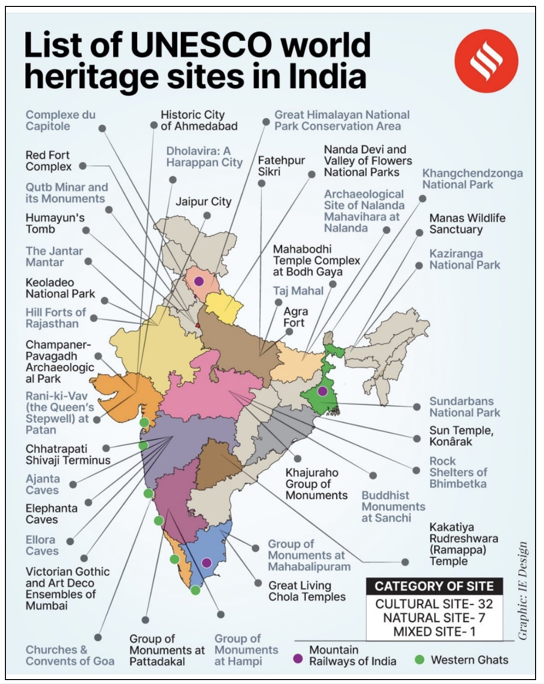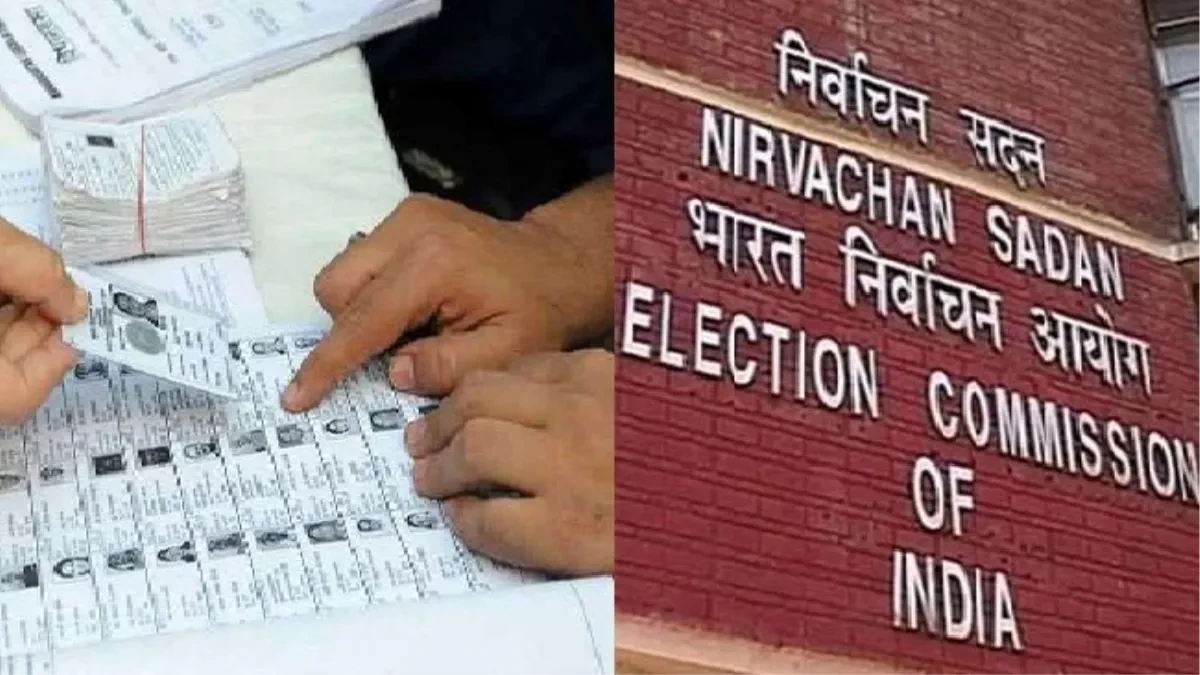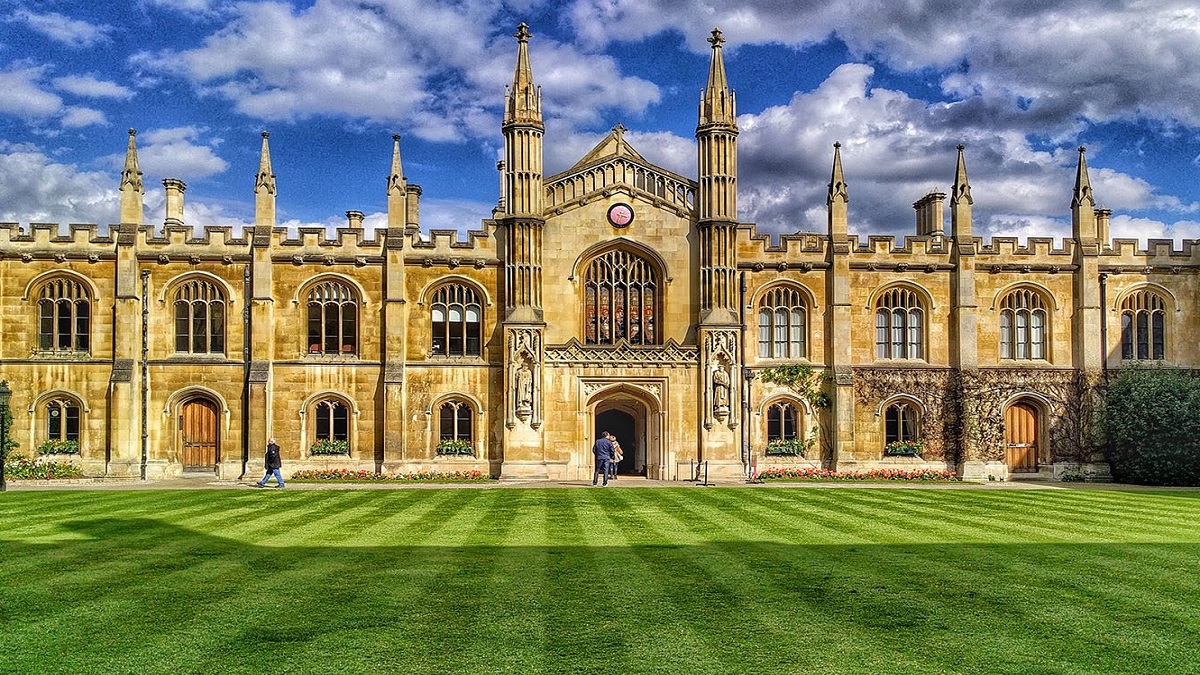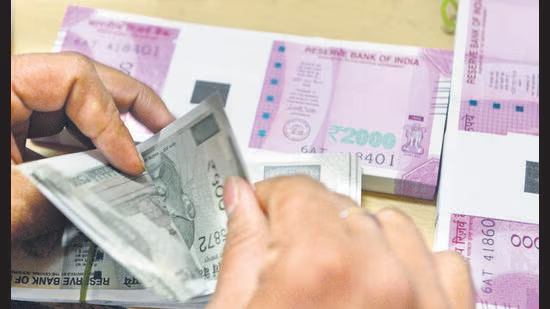- Courses
- GS Full Course 1 Year
- GS Full Course 2 Year
- GS Full Course 3 Year
- GS Full Course Till Selection
- Answer Alpha: Mains 2025 Mentorship
- MEP (Mains Enrichment Programme) Data, Facts
- Essay Target – 150+ Marks
- Online Program
- GS Recorded Course
- Polity
- Geography
- Economy
- Ancient, Medieval and Art & Culture AMAC
- Modern India, Post Independence & World History
- Environment
- Governance
- Science & Technology
- International Relations and Internal Security
- Disaster Management
- Ethics
- NCERT Current Affairs
- Indian Society and Social Issue
- NCERT- Science and Technology
- NCERT - Geography
- NCERT - Ancient History
- NCERT- World History
- NCERT Modern History
- CSAT
- 5 LAYERED ARJUNA Mentorship
- Public Administration Optional
- ABOUT US
- OUR TOPPERS
- TEST SERIES
- FREE STUDY MATERIAL
- VIDEOS
- CONTACT US
World Heritage Site Hoysala Temples
World Heritage Site Hoysala Temples
21-09-2023
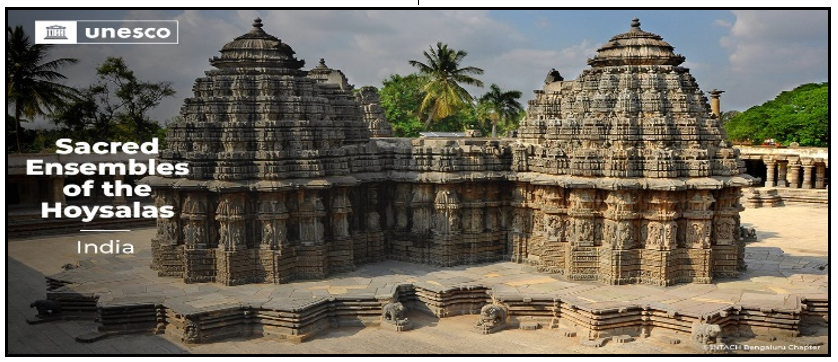
Why in News
- The ancient Hoysala temples of Belur, Halebid, and Somananthpura in Karnataka have been included on the list of UNESCO World Heritage Sites as part of the Sacred Ensembles of the Hoysala which makes it the 42nd UNESCO World Heritage Site in India.
- Recently, the town of Santiniketan, which is situated in West Bengal's Birbhum district, was also added to UNESCO's World Heritage List.
Background
- The temples were chosen as India's official World Heritage nominee for the years 2022–2023.
- The 'Sacred Ensembles of the Hoysala' have been on the UNESCO Tentative list since April 15, 2014.
- Hampi and Pattadakal, both of which were added to the UNESCO list in 1987, are the other Karnataka cultural sites.
Key Facts About the Hoysala Temples
|
Chennakeshava Temple in Belur |
Hoysaleshwara Temple in Halebid |
Keshava Temple of Somanathapur |
|
|
|
Key Facts about Hoysala Architecture
- About: The Hoysala Temples, which were constructed in the 12th and 13th centuries CE, are examples of the Hoysala dynasty's exceptional skills in both architecture and art.
- Protected monuments: These three Hoysala temples are all protected monuments under the jurisdiction of the ASI.
- Key Elements: Mandapa, Vimana, Sculpture,
-
Characteristics:
- Repositories for the Hoysala dynasty's cultural and historical heritage.
- Hoysala temples are sometimes referred to as hybrid or vesara because of their distinctive style, which is a mixture of dravida and nagara elements.
- They can be easily distinguished from other temples from the Middle Ages.
- Hoysala architecture is renowned for its unique fusion of Bhumija style, which is popular in Central India, Nagara traditions, which are found in Northern and Western India, and Karnataka Dravida modes, which were preferred by the Kalyani Chalukyas.
- Contain a number of shrines arranged in the shape of an artistically designed star and gathered around a central chamber supported by pillars.
- Since soapstone is a rather soft stone, the sculptors were able to create elaborate designs on it. This is especially evident in the gods' jewelry.
Hoysala Dynasty
- Founder of Hoysala dynasty: Sala.
- Historical background: The Hoysalas were feudatories of the Chalukyas of Kalyana, also known as the Western Chalukya Empire.
- Locations: Ruled the regions of Karnataka and Tamil Nadu for more than three centuries.
- Important rulers: The greatest king of the Hoysala dynasty was Vishnuvardhana (also known as Bittideva).
- The distinguished rulers of the Hoysala dynasty were Vishnuvardhana, Veera Ballala II and Veera Ballala III.
- The first kings came from the hill’s northwest of Dorasamudra (now Halebid), which became their capital around 1060.
Key facts about Heritage Sites in India
- Total Number of World Heritage Sites in India: 42
- Total Cultural Heritage Sites: 34
- India is 6th in number of World Heritage Sites in the World
- Total Natural Sites: 7 (Kaziranga National Park, Manas Wildlife Sanctuary, Western Ghats, Sundarbans National Park, Nanda Devi and Valley of Flowers National Parks, Great Himalayan National Park Conservation Area, Keoladeo National Park)
- Mixed Site: 1 (Khangchendzonga National Park)
- World Heritage Sites Listed First: Taj Mahal, Agra Fort, Ajanta Caves and Ellora Caves (all in 1983)
- Latest Addition (2023): Hoysala Temples (42nd site) and Santiniketan (41st site)
- Countries with the Most UNESCO World Heritage Sites: Italy (58), China (56), Germany (51), France (49), Spain (49).
